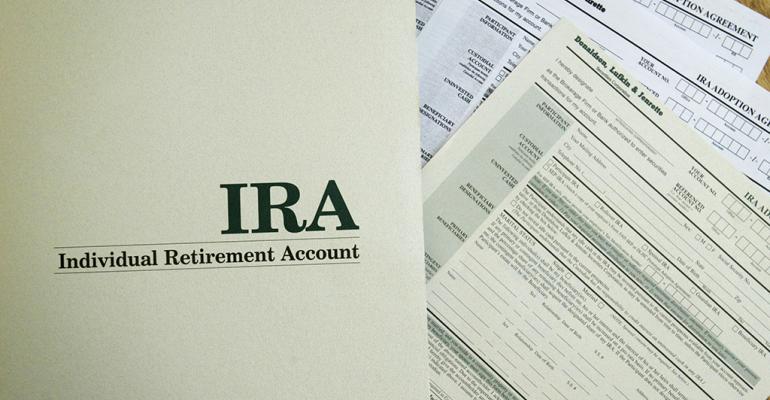In tough times, tapping into an individual retirement account may need to be evaluated. A 10 percent penalty tax usually applies when the IRA owner is under age 59½. The Tax Court found the penalty tax did apply in Elaine v. Commissioner.1 However, the penalty is avoidable when withdrawals are properly structured. If there’s no alternative to taking an IRA distribution, knowing those exceptions is how advisors can help.
The 23-year career of Candace Elaine ended in 2009, when her job as a mutual fund company’s call center manager ended in a layoff. A single mother of two, Candace was unable to find another job until 2014. To survive, she withdrew $119,000 from her IRA during 2011.
Because Candace was under age 59½ when she received IRA distributions, the court considered whether she owed the 10 percent early withdrawal tax.2 The court noted that there are a number of reasons for making an early withdrawal, but financial hardship, such as that of Candace, didn’t qualify for any of them. So, she had to pay the tax.
Penalty Exceptions
Financial advisors are the first ones to learn that an IRA withdrawal is about to be made. It could help strengthen a relationship to ask whether the individual seeking an IRA withdrawal is under age 59½, and, if so, counseling that there’s both an income tax (unless the account is a Roth IRA) and a possible 10 percent early withdrawal tax. Distribution to a participant in certain employer-sponsored retirement plans who is at least age 55 can avoid the tax.
If it’s necessary to tap into the IRA, the 10 percent tax can be avoided, because there are exceptions to the tax. Consider calling on the IRA owner’s other professionals to help structure the pattern of withdrawals, monitor adherence to the selected method and determine when to stop.
Substantially Equal Periodic Payments
One way to avoid the penalty is to make withdrawals that constitute a series of substantially equal periodic payments. Strict adherence to these rules is essential to avoiding the tax. The IRS has approved three methods for making such payments.3 Payments must continue until age 59½ but, in all cases, for at least five years.
The required minimum distribution (RMD) method involves making an annual calculation. The value of the IRA at the beginning of the year is divided by the applicable divisor, using any of the three life expectancy tables used for RMDs. After you choose one of the three tables, you must continue to use that table. The ruling provides that variation in the amount resulting from use of this method won’t lead to a 10 percent early withdrawal tax.
Another way to avoid the penalty is to employ the fixed amortization method. The annual payment for each year is determined by amortizing in level amounts the account balance over a specified number of years determined using the chosen life expectancy table and the chosen interest rate. Under this method, the account balance, the number from the chosen life expectancy table and the resulting annual payment are determined once for the first distribution year and the annual payment is the same amount in each succeeding year.
The third way is the fixed annuitization method. The value of the account is divided by an annuity factor based on IRS mortality tables. You must choose an interest rate for this computation. Once the annuity amount is determined, the annual payment is the same amount in each succeeding year.
Medical Expenses
The penalty won’t apply to medical expenses that qualify for the itemized deduction for such expenses, nor will withdrawals to pay health insurance premiums.
Endnotes
1. T.C. Memo. 2017-3 (Jan. 3, 2017).
2. Internal Revenue Code Section 72(t).
3. Revenue Ruling 2002-62 (Oct. 21, 2002).





